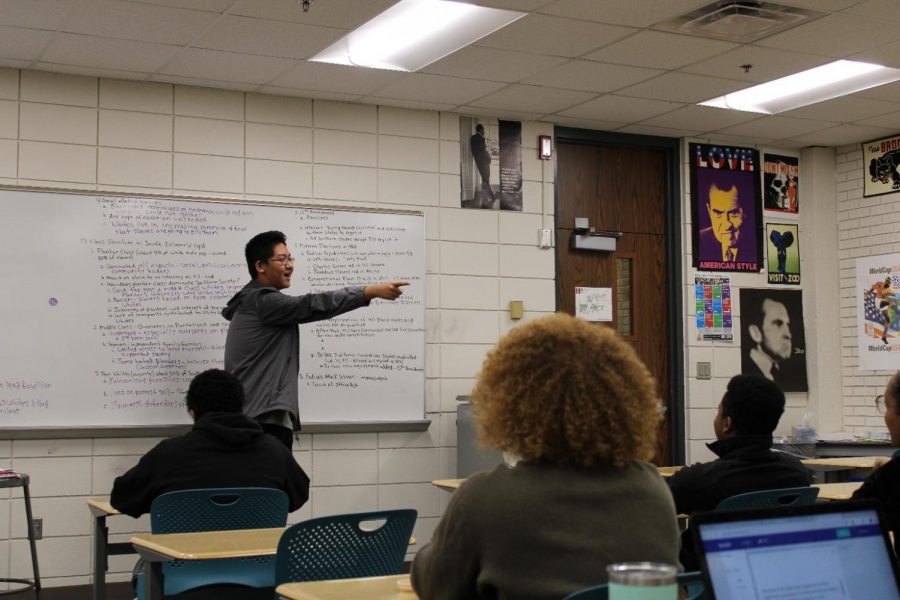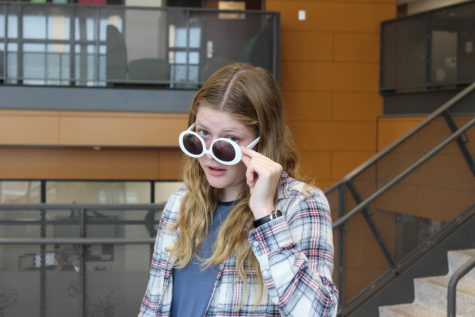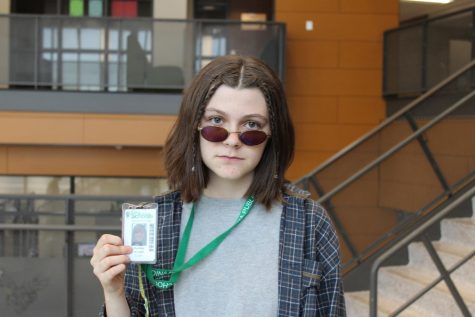African American History course hides in the shadow
December 4, 2019
Among the many social studies electives offered at Edina High School is African American History. This year, the course received an underwhelming enrollment: only 15 students signed up for the one-semester class, currently being taught by Brian Simpson. Despite its limited popularity, the class is well-received by the students who take it.
This class primarily differs from other history classes in where it directs its attention. The course covers a wide span of American history through an African American lens, focusing on their stories, struggles, and notable figures—many of which have been neglected from traditional history books. “In my opinion, in past history classes we kind of learn mostly like the ‘white side’ of history, [but in African American History], we get a better view of what was happening with African Americans at the time. I [have] learned so many things that I didn’t know happened,” senior Sarah Ruschy said.
While the class can be compared to most history classes in which students take notes and watch videos, the small environment provides for spontaneous discussions that most regular history classes might find hard to control. “I love the open discussions that we have. We don’t even raise our hands or anything, Simpson just knows that we have good points to point out, so it’s really an open community,” Ruschy said. “Mr. Simpson is such an awesome teacher, he really makes everyone feel comfortable. And, since the class is such a small size, it’s really easy to share your opinion and have it be recognized by [him].”
The comfortable atmosphere of the class not only allows for spontaneous conversations, but also structured debates. In particular, one debate involved separating the class and assigning them to different political groups from the Reconstruction Era (1863-1877). “One group was pro-slavery and one group was [anti]-slavery,” senior Fahat Omar said. “It’s a safe environment. It’s just a class, and we’re all here to learn and not scold each other… we all know that it’s just for [the] class and not the real thing. We don’t take it to heart.”
Although the small class size allows for an interactive classroom learning experience, it also brings about the question: why is it not more popular? “I think that a lot of people know about it, but some people are just too afraid to be in that type of environment, learning about African American culture. Some people are scared to learn something new, but everybody’s welcome; there’s not just one race in the room,” Omar said.




